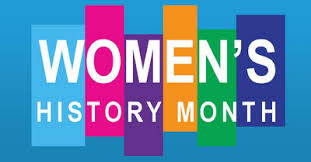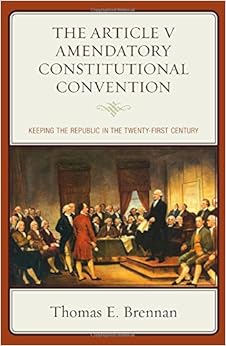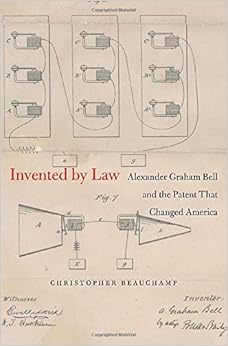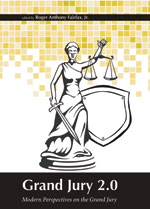 On April 28, 2015, Register of Copyrights Maria A. Pallante announced the launch of the U.S. Copyright Office’s Fair Use Index, designed to provide the public with searchable summaries of major fair use decisions. The Index was undertaken in support of the 2013 Joint Strategic Plan on Intellectual Property Enforcement prepared by the U.S. Intellectual Property Enforcement Coordinator within the Executive Office of the President.
On April 28, 2015, Register of Copyrights Maria A. Pallante announced the launch of the U.S. Copyright Office’s Fair Use Index, designed to provide the public with searchable summaries of major fair use decisions. The Index was undertaken in support of the 2013 Joint Strategic Plan on Intellectual Property Enforcement prepared by the U.S. Intellectual Property Enforcement Coordinator within the Executive Office of the President.
Copyright and Fair Use are challenging areas of law with so many nuances and changes that make it difficult to know whether the use of an image or video is allowed or not and under what circumstances something can be used. The legal doctrine of Fair use promotes freedom of expression by permitting the unlicensed use of copyright-protected works in certain circumstances. Section 107 of the Copyright Act provides the statutory framework for determining whether something is a fair use and identifies certain types of uses—such as criticism, comment, news reporting, teaching, scholarship, and research—as examples of activities that may qualify as fair use.
Hopefully the Fair Use Index will help make the issue a little bit clearer. Users can search cases that deal exclusively with Fair Use and quickly see whether Fair Use was found or not. Users can narrow a search by jurisdiction and, importantly, by format (text, audio, computer, etc.) The Index is searchable by court and subject matter and provides a helpful starting point for those wishing to better understand how the federal courts have applied the fair use doctrine to particular categories of works or types of use, for example, music, internet/digitization, or parody.
The Index has been added to Brooklyn Law Library’s catalog and is available at this link.


 On the subject of what seems to be the nation’s broken politics and government, two books on the list are
On the subject of what seems to be the nation’s broken politics and government, two books on the list are  Christopher Beauchamp
Christopher Beauchamp
 The Brooklyn Law School Library New Books List for January 14, 2015 includes 88 items recently added to the collection. Among them is
The Brooklyn Law School Library New Books List for January 14, 2015 includes 88 items recently added to the collection. Among them is  The BLS Library has a number of titles in its collection on the subject of grand juries including
The BLS Library has a number of titles in its collection on the subject of grand juries including  Students at Brooklyn Law School are focused on their upcoming exams. Soon enough they will be in the legal work force and will need to exercise best practices in records management. The BLS Library has in its most recent
Students at Brooklyn Law School are focused on their upcoming exams. Soon enough they will be in the legal work force and will need to exercise best practices in records management. The BLS Library has in its most recent